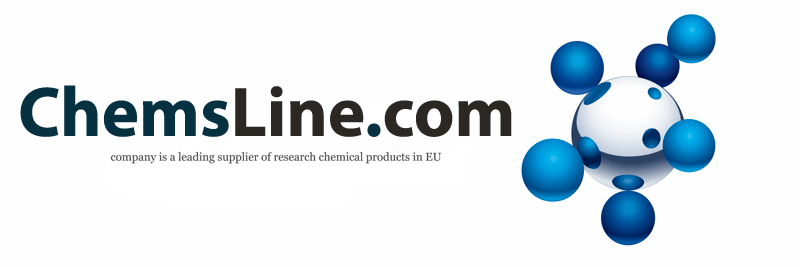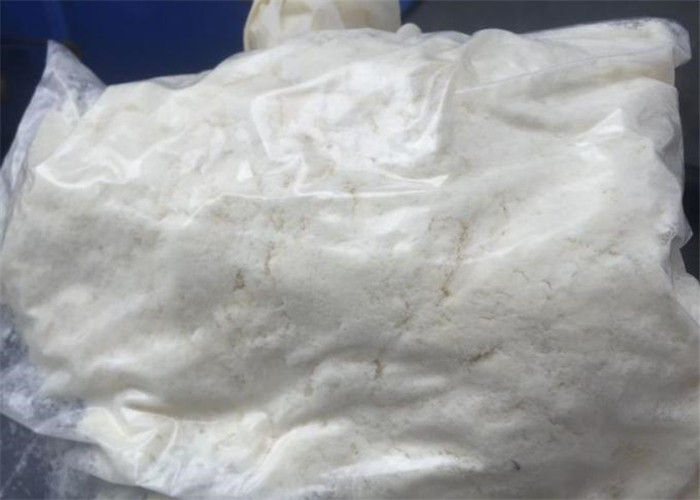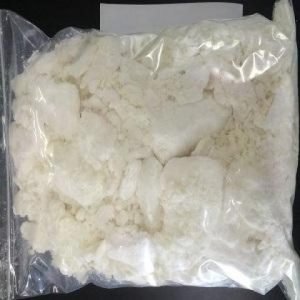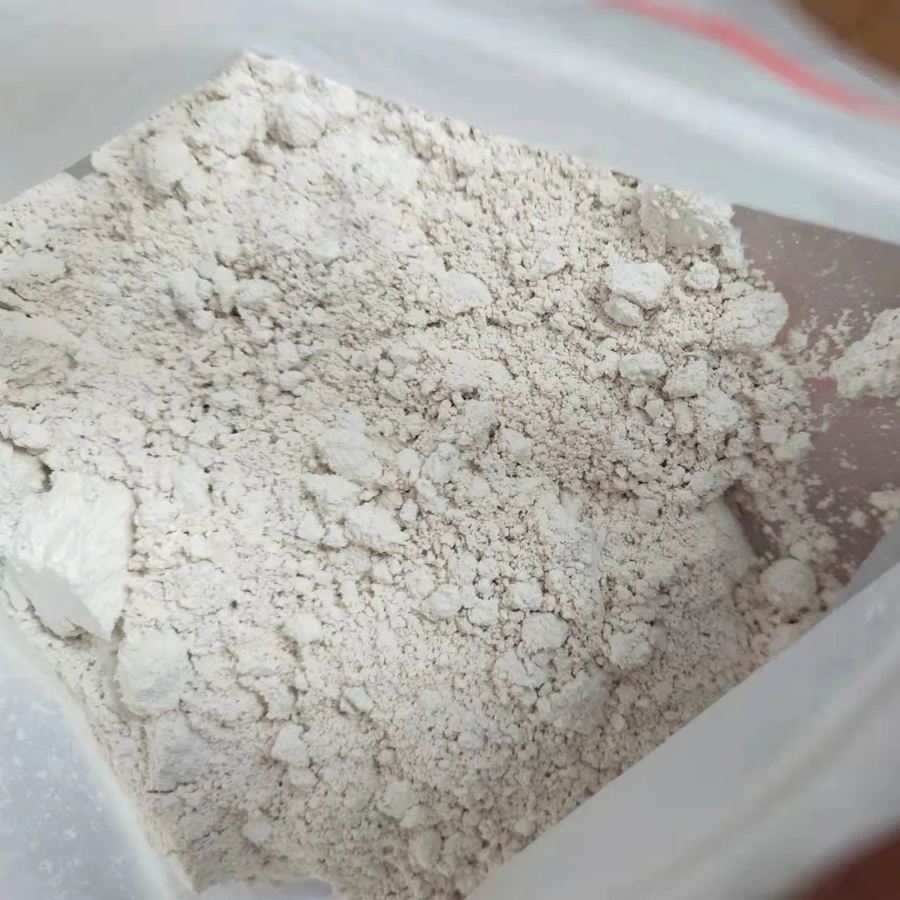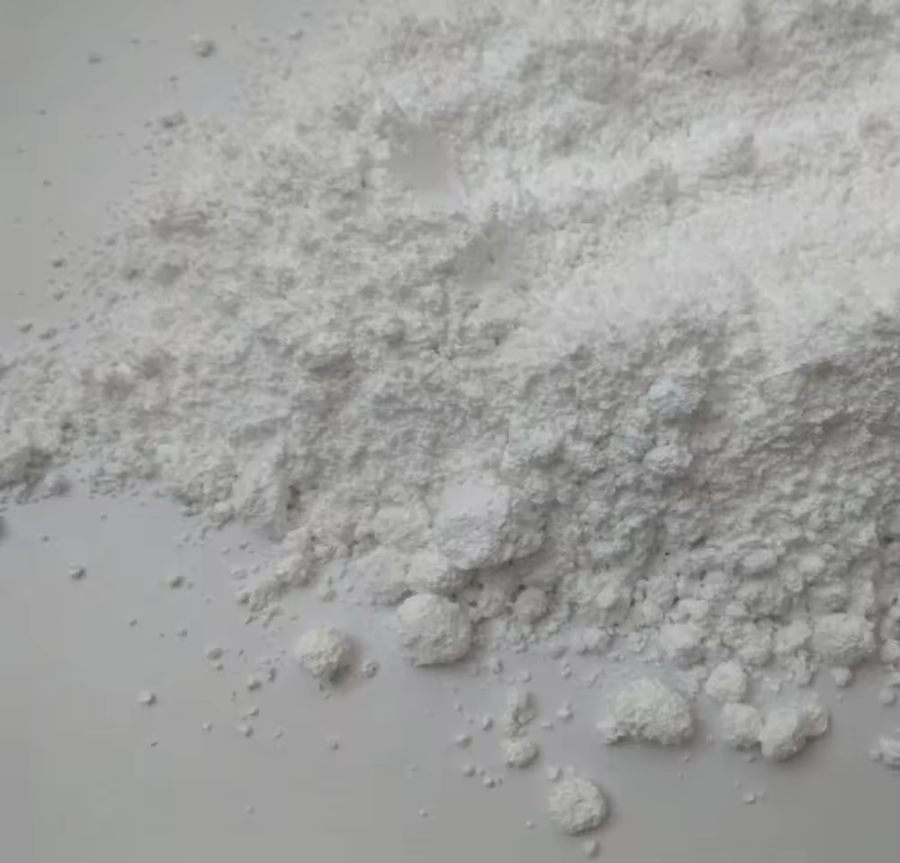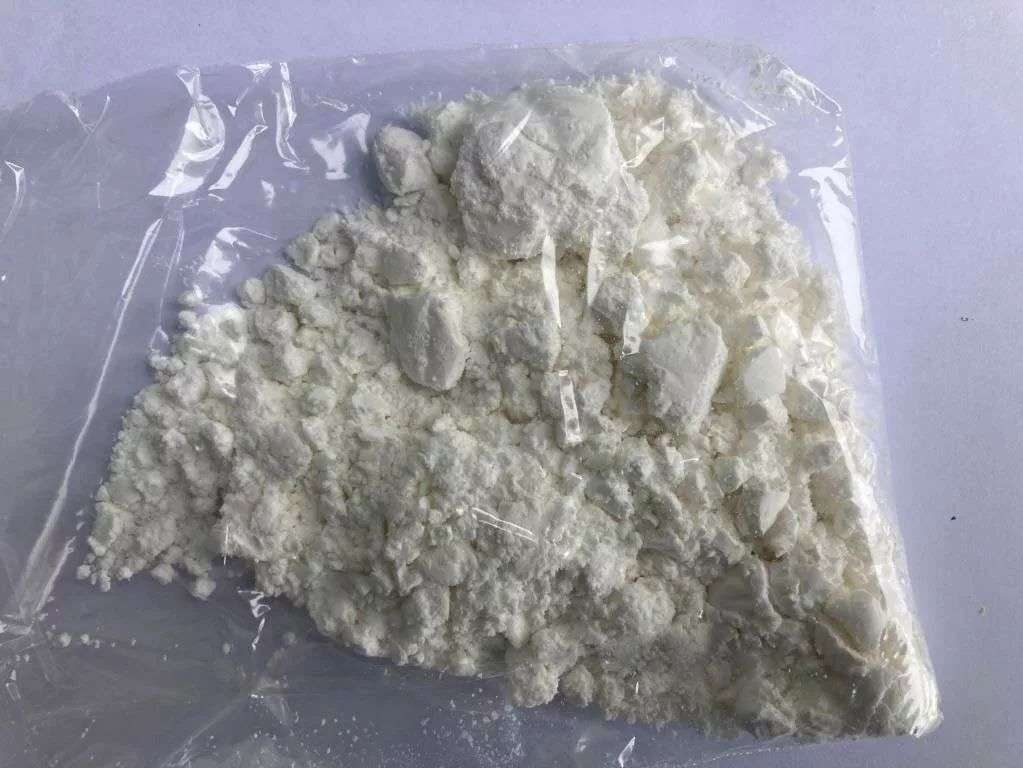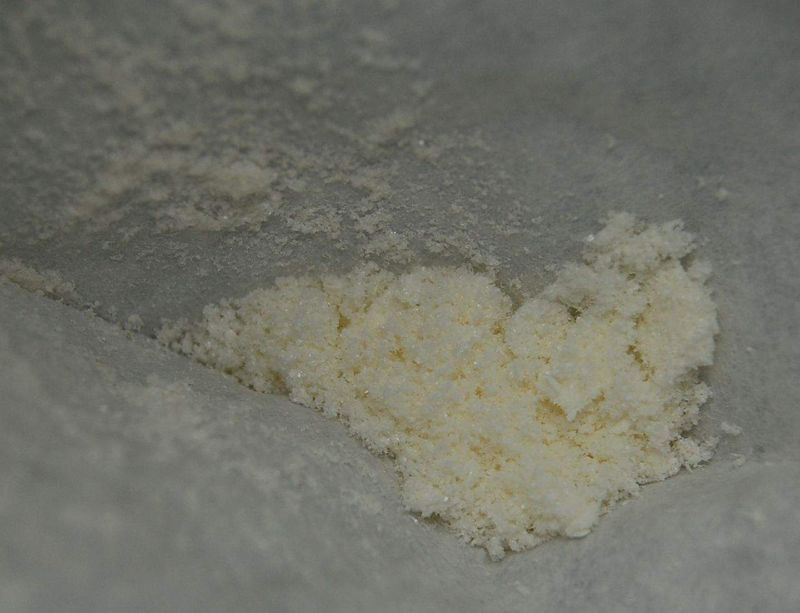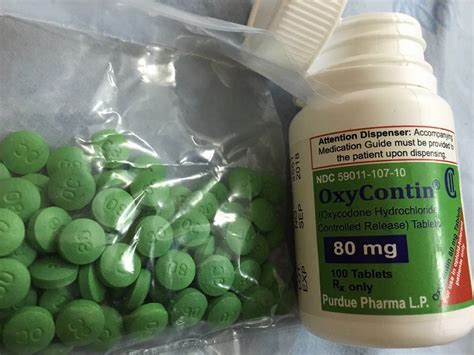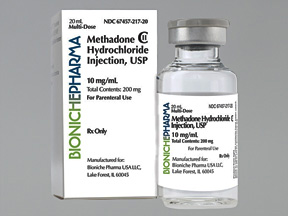
General description of methadone
Methadone is a synthetic opiate derivative.
Chemical name: (6- (dimethylamino) -4,4-diphenyl-3-heptanone).
Synonyms and slang names for methadone:
English: Methadone, Dolophine, Juice, A 302, A 4624, AN 148, Avadon, Adolan, Afluol, Algidon, Algiton, Algolisina, Algolisine, Algosyn, Algolysin, Algovetan, Algoxal, Alguidon, Altose, Amidon, Amidosan, Amilon, Bethadone , Butalgin, Cephalguine, Cotidone, Depridol, Deptadol, Diadone, Diaminon, Diamone, Dianona, Disefonin, Disipan, Disket, Dolafin, Dolamid, Dolamin, Dolphin, Dolcsona, Dolores, Dolphin, Dolopheptan, Dolophin, Dolorex, Dolsona, Domanid, Dorexol Eptadol, Eptadone, Espasmoalgolisina, Fenadon, Fiseptona, Fysepton, Heptadol, Heptanol, Heptanon, Hesse, Hoechst 10820, Ketalgin, Kitalgin, Mecodin, Mefenona, Mepecton, Mephenon, Metadon, Metasedin, Methidon, Metidon, Miadona, Midadona, Miheptane, Optalguine, Palamidone, Panalgen, Parasedin, Petalgin, Phenadon, Physepton, Polamidon, Polamivet, Porfolan, Quctidina, Quotidine, Quotidon, Sedadimona, Sinalguine, Sintalgon, Sintanal, Spasmo-algolisine, Symoran, Symoron, Synthanal, Syrco, Turanone, Tussal, Tussol, Ultradon, Vemonil, V eronyl, Zefalgin
Russian: Methadone, Method, Honey
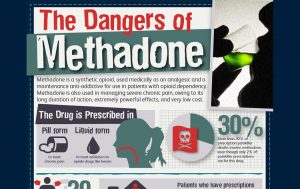
Methadone is widely used as a maintenance drug in the treatment of heroin and opiate addiction. It differs from morphine in chemical structure, but it has a similar effect on the human body.
The history of methadone
Methadone was first synthesized by German researchers Max Bockmuhl and Gustav Erhart in 1937. It was called Dolafin – as it is believed, in honor of Adolf Hitler himself.
In 1942, the commercial production of amidone, which was first used as an analgesic for experimental purposes, began. The main feature of methadone was that, in contrast to morphine, methadone is effective even when administered orally. At the end of the 1940s, full-fledged clinical trials were carried out, and the drug was used in medical practice as a morphine substitute for severe pain. Actually, it began to be called methadone only since 1954.
In the early 1960s, Vincent Dole and Mary Nyswander first developed a methadone treatment for heroin addiction.
At first, methadone treatment produced impressive results. However, by the mid-1970s, the number of deaths associated with methadone use had increased dramatically. The fact that the widespread use of the drug in medicine provided him with an exit “on the street”, and its application without control by the doctor proved to be much more dangerous than even the heroin itself.
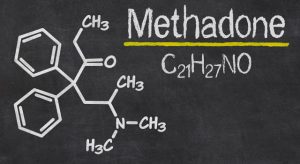
Action of methadone
In therapeutic doses, methadone has analgesic and sedative effects. It acts on the central nervous system, cardiovascular system and smooth muscles. The first effects begin to be felt 20-30 minutes after oral administration, and are comparable in euphoria and duration with the action of other drugs of the opioid group. Side effects are expressed in dizziness, nausea and vomiting, as well as in increased sweating. Tolerance to methadone develops slowly.
Harm and dependence on methadone
Methadone, like heroin, causes a strong dependence on long-term use. However, compared to heroin, methadone is easier to manufacture, costs less, and does not require an injection method of administration. Overdose is manifested in respiratory depression, pulmonary edema and acute renal failure are possible. The death of many Western stars is associated with the use of methadone. Among them – the leader of the rock band “Nirvana” Kurt Cobain and the popular Playboy model Anna Nicole Smith.

Diagnosis and treatment
External signs of methadone use are similar to those of other opioids. As a rule, this is a sharp narrowing of the pupils, a decrease in the pulse rate and insensitivity to physical pain. At the stage of abstinence, there are a runny nose, chills, nausea, abdominal pain. Vomiting, diarrhea and convulsive muscle contractions are also possible.
Symptoms of chronic methadone dependence: respiratory depression, hyperglycemia, increased temperature and pressure, bradycardia, constipation, spasms of the bile duct and others.
Today, in some countries (for example, Greece, Spain, Portugal, Italy, France, Sweden, etc.), the drug is used to treat patients from heroin dependence, as a substitute with a gradual decrease in dosage. Treatment usually takes a long time with mandatory use of psychotherapy. However, many drug treatment doctors reject substitution therapy, because they consider the use of substitution of one drug for another questionable. In addition, weak control over the distribution and storage of the drug often leads to its transfer to illegal circulation.
Legislation
In the United States, methadone is listed in Schedule II (Shedule II). This means that sale, purchase, or storage without a prescription is prohibited. Methadone is prescribed by medical institutions, as an anesthetic or for the treatment of drug dependence. When methadone is used in substitution therapy, the patient must use the drug in the presence of a doctor. In Russia, methadone belongs to the List of narcotic drugs, psychotropic substances and their precursors subject to control in the Russian Federation, whose circulation is prohibited (List I).
